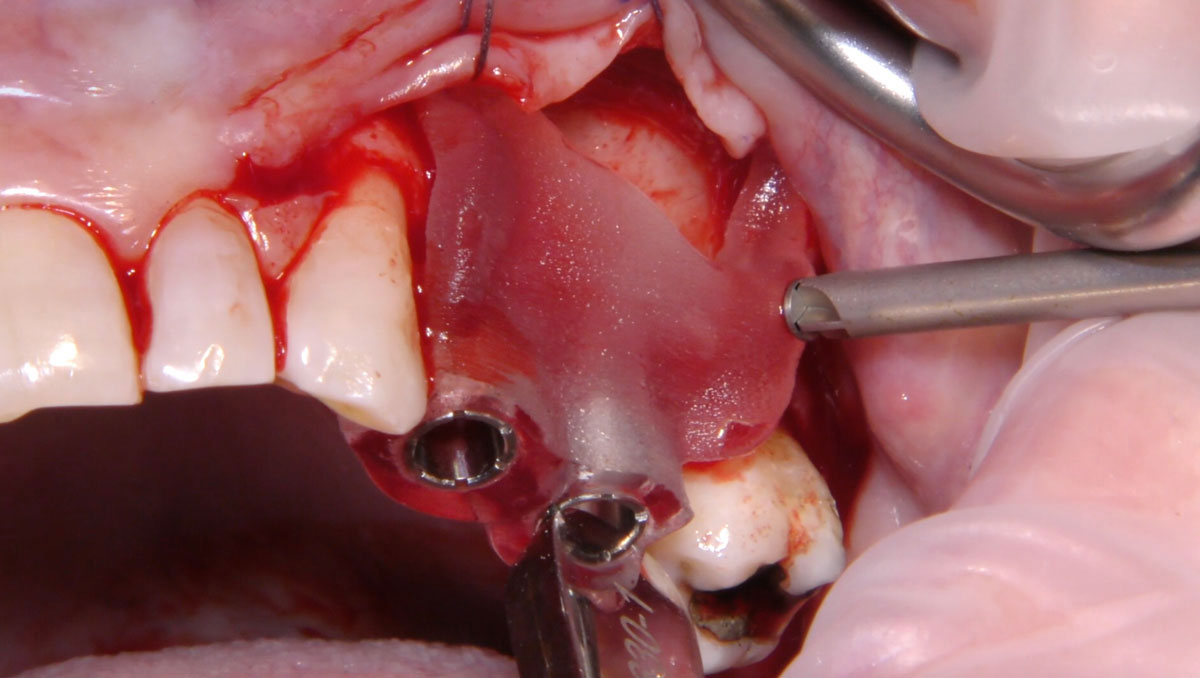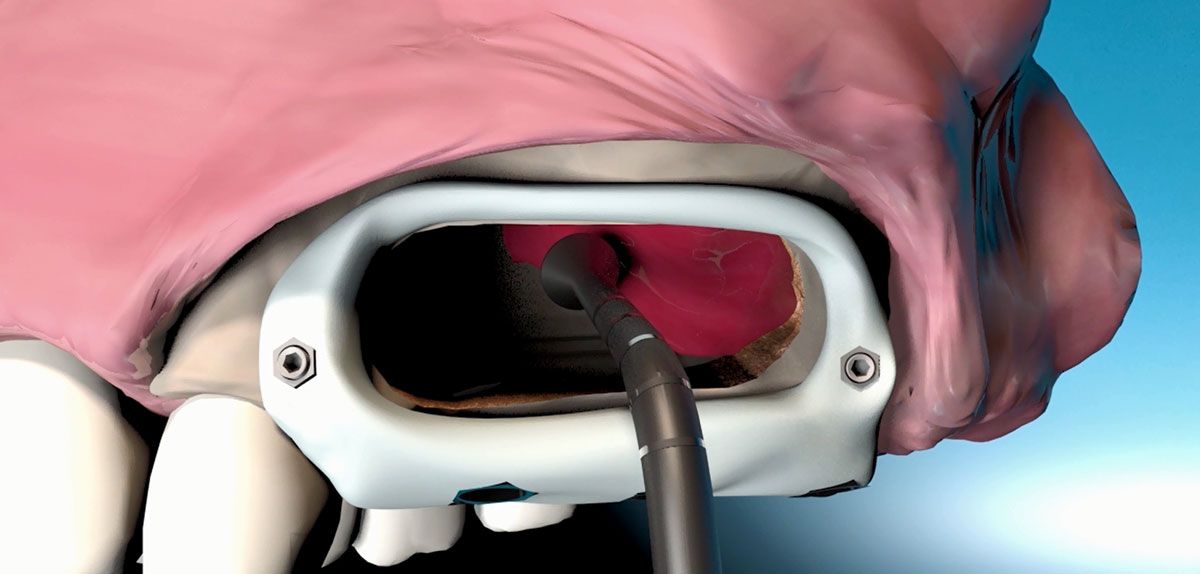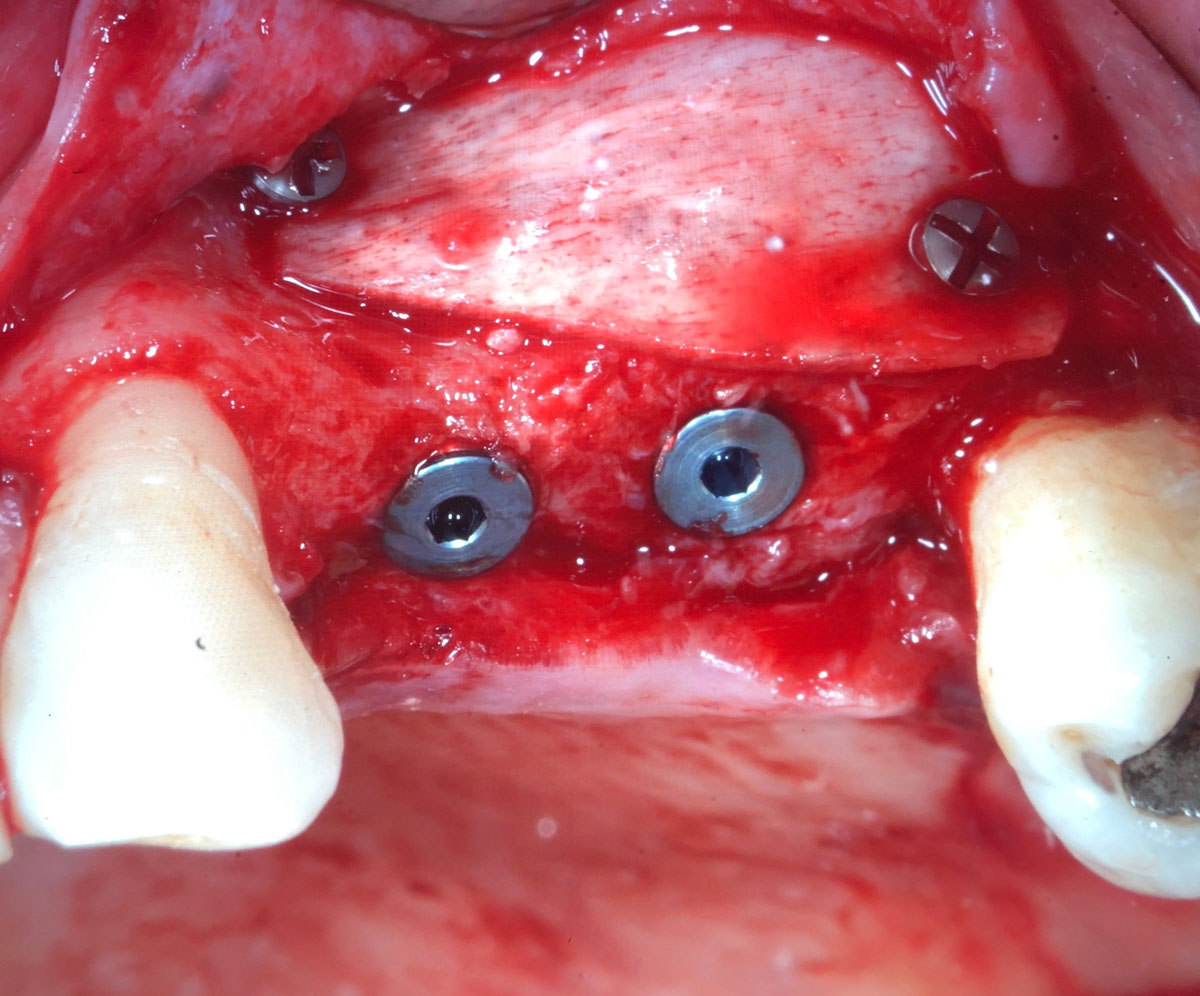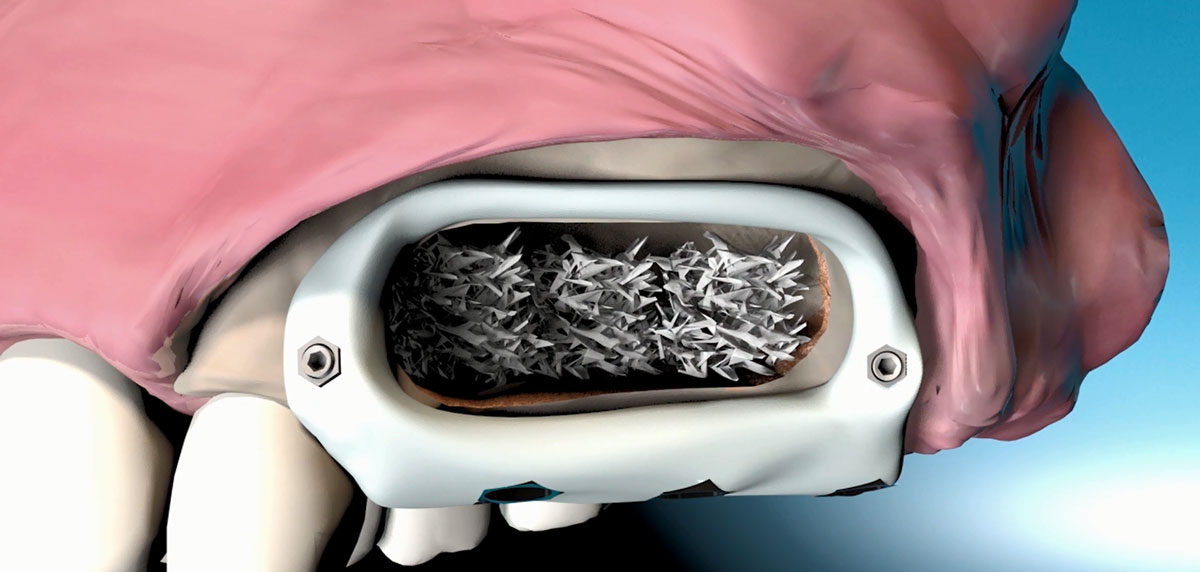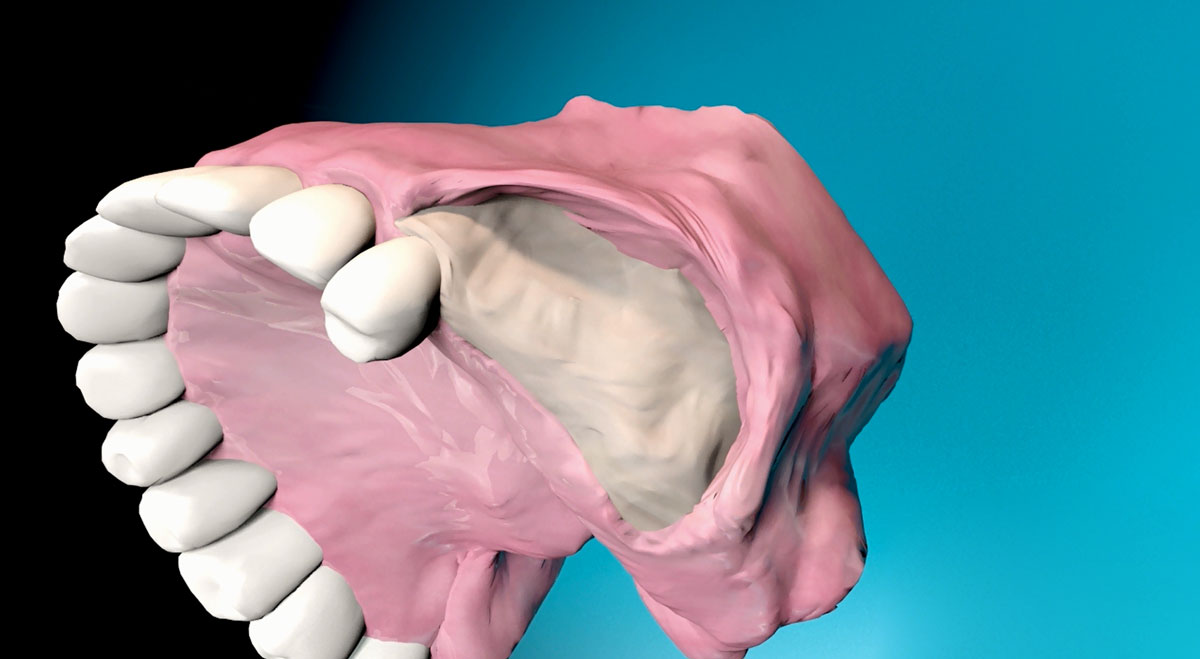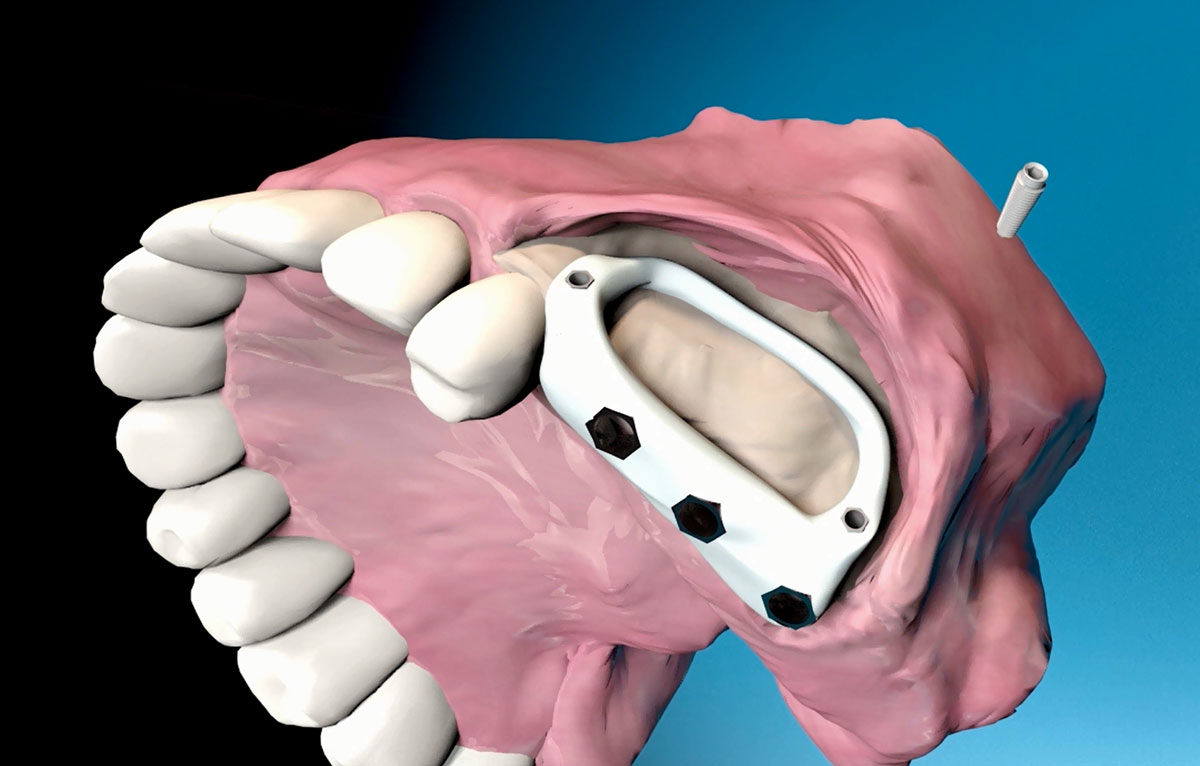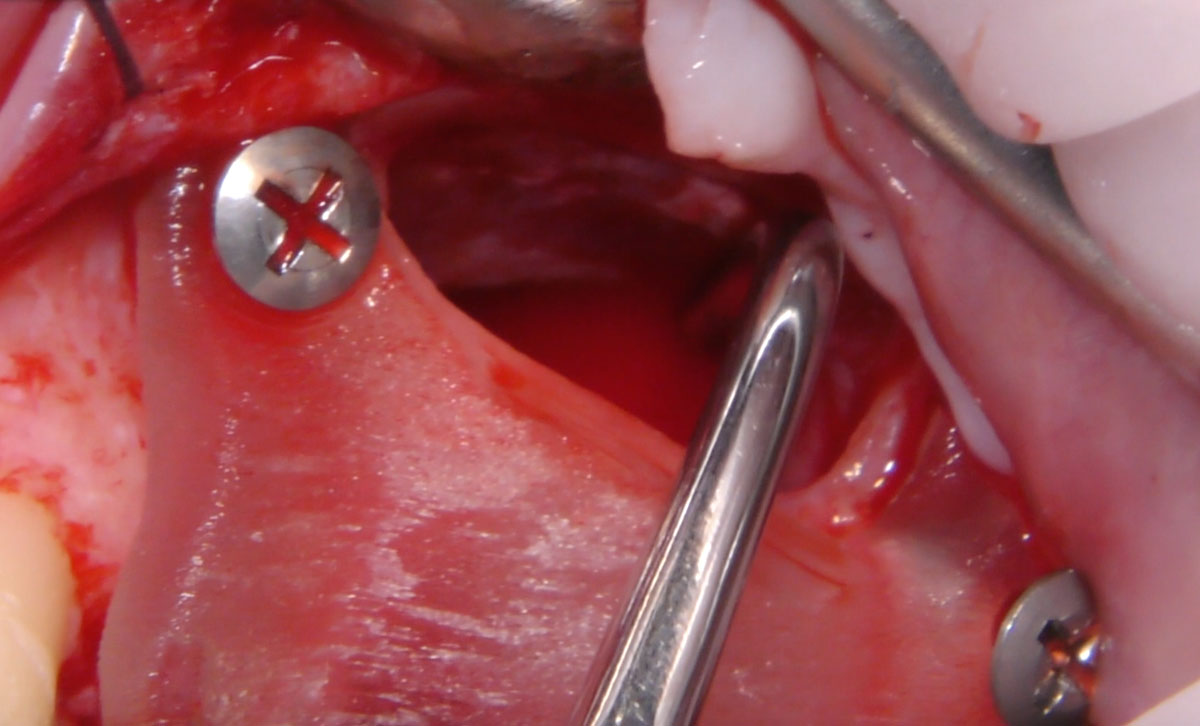Low Window significant advantages

excellent degree of patient satisfaction
The Low Window technique reduces invasiveness of the sinus lift procedure that results in a higher degree of patient surgery acceptance.

well-defined technique
Low Window è un dispositivo della geometria accuratamente ingegnerizata: le coordinate dell’antrostomia da praticare sono pertanto precise, chiare e definite.

excellent implant placement
Low Window agevola il posizionamento giudato degli impianti dentali. Si procede secondo l’impianto ottimale, non secondo la disponibilità della cresta ossea.
anatomical point of view, the correct use of Low Window technique ensures:
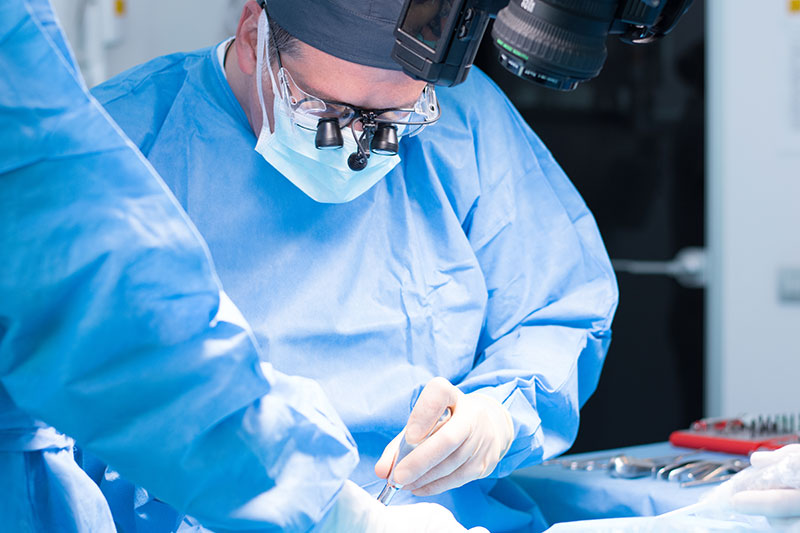
No margin for error, high precision
Low Window reduces intra-operative decisions to be taken, thereby no margin for error by surgical team. Moreover, the surgical template, shaped with the most advanced 3D printed technologies, allows the repeatability, the replicability and predictability of the implant and biomaterial grafting performance.
Advantages of Low Window Approach in Maxillary Sinus Augmentation
- This approach allows preparation of the flap to be limited to a linear incision, preserving the attached gingiva of the most distal residual element present.
- No releasing incisions, that means, being sufficient the flap augmentation up to 10 mm.
- The creation of a low window at the most coronal and mesial position possible facilitates access to the sinus.
- The position of the coronal osteotomy line, flush with the sinus floor, allows for easier access to the sinus vestibular wall recess, otherwise would obstruct the sinus membrane detaching.
- The mesial osteotomy line is positioned flush with the anterior sinus wall that allows for easier access to the sinus recess, that is, the zone where detaching the sinus membrane is usually more difficult.
- The Low Window never exceeds 6 mm in height, which is the minimum that allows for easy access of the membrane elevators, thus minimizing the risk of damaging the membrane.
Why is Low Window the preferable option?
Surgeon friendly
Allows easier access to the operatory field.
Minimally invasive
This approach allows preparation of the flap to be limited to a linear incision.
Time saving
A flexible aid alone is enough to provide sufficient retraction.
Conclusion
The Low Window technique is a rational design of the window osteotomy, which with the use of computer-aided technology, facilitates sinus augmentation and reduces postsurgical patient discomfort. That’s why is more advantageous than the traditional lateral osteotomy and flap-preparation approaches.
This design involves positioning the window as low as mesially as possible and that’s why it has been called “Low Window Technique”
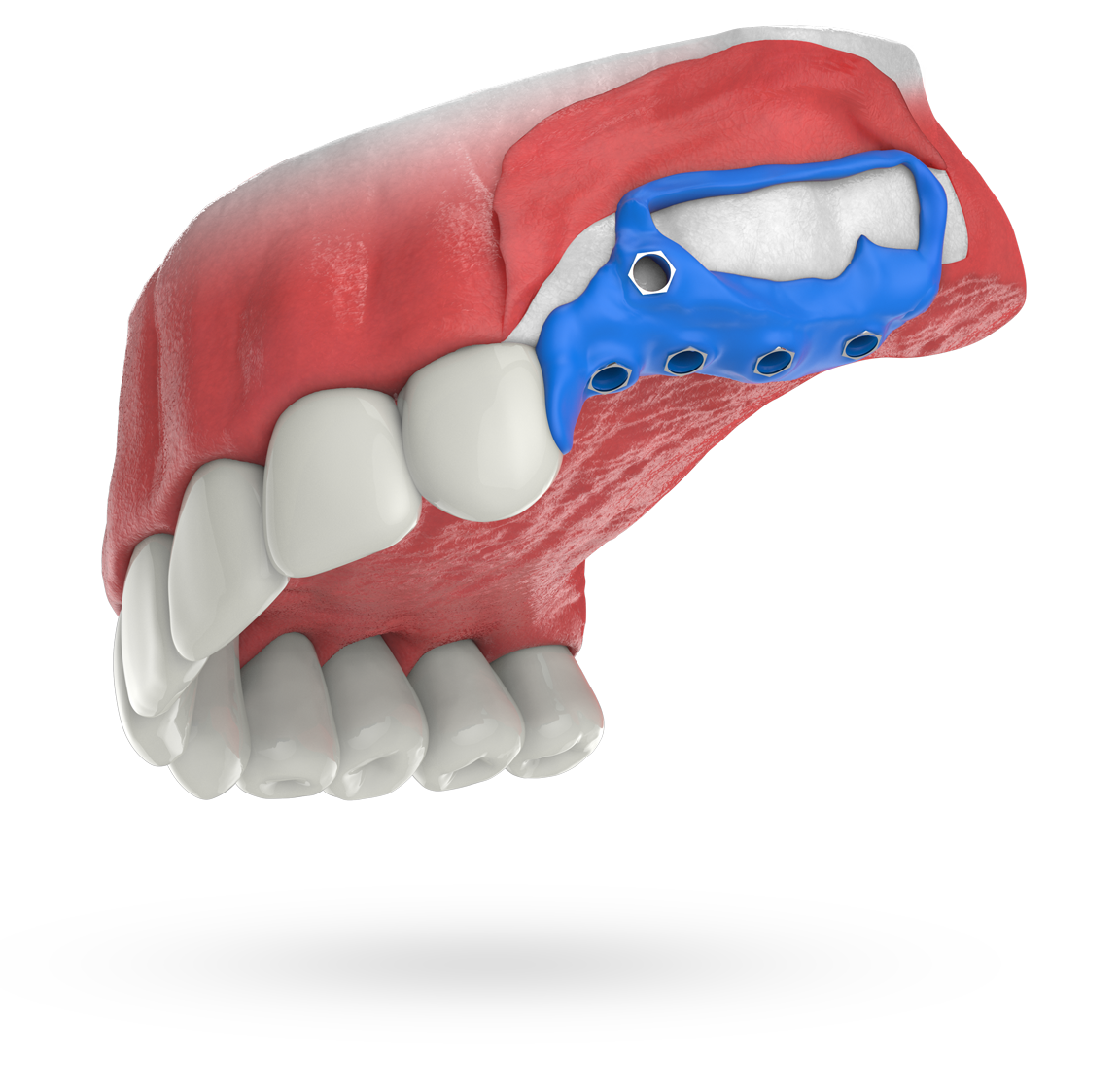
Bibliography
• Zaniol T, Zaniol A.
A Rational Approach to Sinus Augmentation: The Low Window Sinus Lift.
Case Rep. Dent. 2017;2017:7610607
• Arosio P. Greco GB, Zaniol T, Iezzi G, Perrotti V, Di Stefano DA.
Sinus augmentation and concomitant implant placamento in low bone-density sites. A retrospective study on an undersized drilling protocol and primary stability.
Clin implant Dent Relat Res. 2017 Nov 22. [Epub ahead of print]
• Zaniol T, Zaniol A, Tedesco A, Ravazzolo S.
The Low Window Sinus Lift: A CAD-CAM-Guided Surgical Technique for Lateral Sinus Augmentation: A Retrospective Case Series.
Implant Dentistry Volume 27, Number 4 2018
• Zaniol T, Zaniol A.
La Tecnica Low Window nel grande rialzo di seno mascellare.
Implant Tribune Marzo 2018 – Anno VII n. 1





